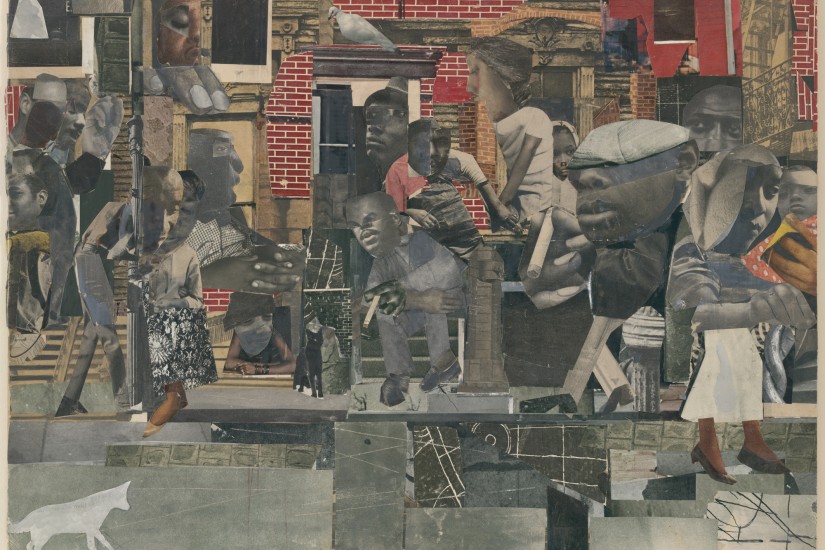Mary Schmidt Campbell begins An American Odyssey, her formidable new biography of Romare Bearden, in the middle of his career, when the civil rights ferment of the 1960s prompted him and other black New York City artists to form Spiral, an artists’ association that they hoped would help them play a role in the era’s moment. After years of working as an abstract artist, Bearden returned at that time to figuration, themes from black life, and collage, hoping his art might better confront the world around him.
For Campbell, the distinguished art historian, former director of the Studio Museum in Harlem, and current president of Spelman College, starting with this turning point in Bearden’s intellectual and artistic life is important, because central to her book’s aims is the effort to root him in his social and political contexts. By doing so, Campbell is able to offer her readers a story about Bearden’s times as much as his life, tracing his network of collaborators and friends and providing a study of the many “dilemmas,” as she puts it, black artists faced in 20th century America. “By his own account,” Campbell writes, “Bearden was first and foremost a student of painting,” and she does all of this while being careful to offer close studies of his compositions, palettes, and techniques.
Born in Charlotte, North Carolina, in 1911, Bearden was the son of well-to-do parents who moved, in the face of tightening racial segregation, to New York City in 1914. His mother, Bessye, was the first black woman elected to their local school board and wrote for The Chicago Defender, becoming a well-known public figure. His father, Howard, kept a lower profile, finding work as an inspector in the New York Health Department. And Bearden made art ever since he was a child, often finding inspiration in New York’s uptown and downtown art scenes.
Bearden’s college years were peripatetic. He began his studies at Lincoln University in Pennsylvania and then spent two years at Boston University before returning to New York, where he graduated from New York University in 1935. His time in college coincided with the Depression, and while a student and in the years that followed, he applied his considerable talents to political art, drawing social realist cartoons for NYU’s student magazine and the Baltimore Afro-American newspaper as well as a cover for Opportunity, the National Urban League’s journal. While taking classes at the Art Students League, Bearden found a mentor in the Expressionist George Grosz.
